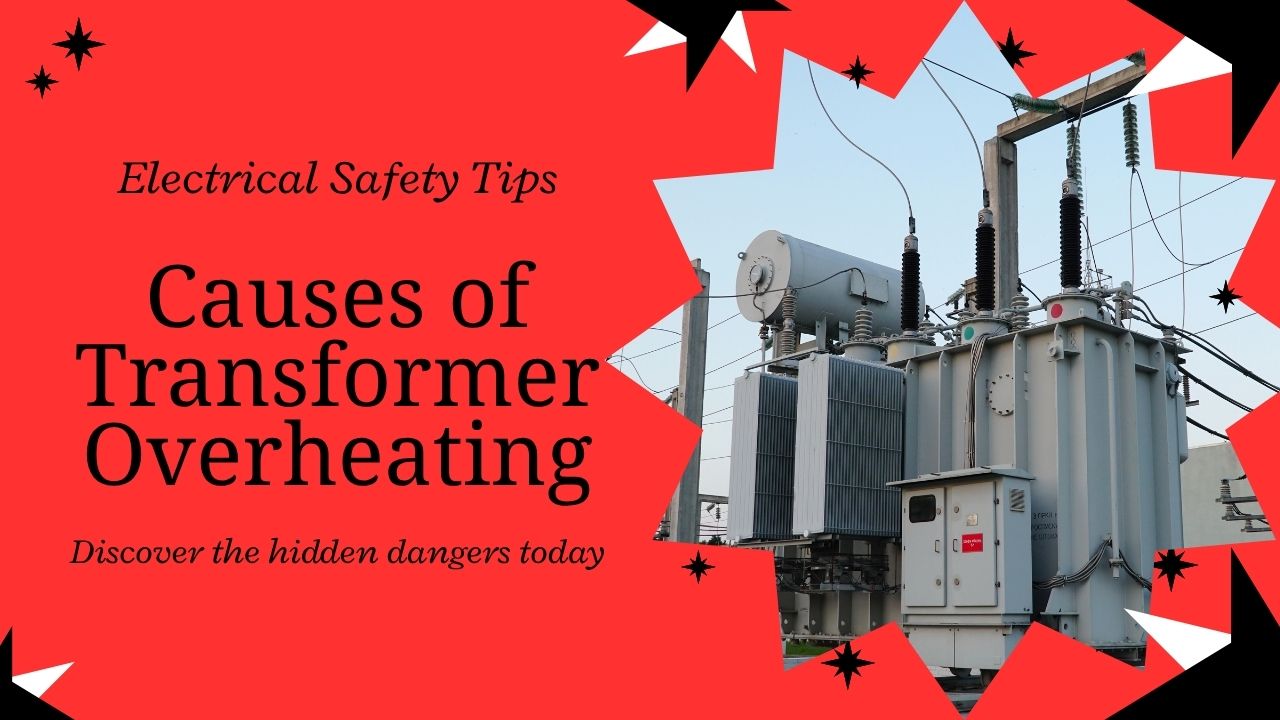

Transformers rarely show early signs of distress. Everything runs as expected, until the temperature creeps past its usual mark.
Sometimes, it’s gradual. Other times, it’s sudden. Either way, the shift usually starts from inside, long before alarms go off.
You might notice faster oil discoloration. Or maybe the coil temperatures rise after just a moderate load.
Overheating doesn’t mean the unit failed to perform. It usually means conditions changed faster than the transformer was designed to handle. And that shift can come from more than one angle.
The transformer may still be within nameplate ratings, but the load profile may look very different from what it faced when first installed.
A few more machines. One more shift. A bump in local demand. All of this adds up.
When the unit handles more current, copper losses climb. That heat shows up in the winding first. The insulation starts aging faster. And over time, a transformer that once ran cool starts running warm, even with no visible signs of stress.
Even with perfect design, every cooling system sees decline.
Oil picks up contaminants. Fans begin pulling less air. Radiators become less responsive to the temperature changes inside the tank.
This drop in performance isn’t always obvious. You may still hear the fans spin and see the oil levels where they should be.
But internally, heat doesn’t move the way it once did. And once that balance tilts, the core temperature begins to stay high even after the load drops.
A transformer can be well-built and well-maintained, but still overheat because of the environment it sits in.
Rooms without cross ventilation, wall-mounted setups with tight enclosures, or areas with rising ambient heat all impact cooling efficiency.
That heat lingers. Especially in retrofitted spaces where airflow wasn’t fully accounted for. And when fresh air isn’t moving through or heat has nowhere to go, even moderate loads push the transformer beyond safe operating limits.
Makpower emphasizes the importance of proper site planning to ensure transformers perform reliably under real-world conditions.
The coil might handle the load. But what about the terminals?
Loose clamps, aged joints, or even slightly corroded lugs create extra resistance. And resistance builds heat faster than the windings can dissipate it.
Often, these problems sit just out of sight. Until something trips. That sudden shutdown usually traces back to a hot joint that wasn’t carrying the current cleanly anymore.
Left unchecked, it can damage bushings, tap changers, or other nearby components.
All insulation has a limit. Age, load history, and past overheating events change its properties. And once insulation begins to weaken, the transformer needs help from cooling to do what it once did alone.
What used to be manageable temperature rise now pushes the insulation closer to breakdown.
The signs aren’t always dramatic. But if oil tests begin showing aging paper or loss of dielectric strength, that’s often the first quiet warning before a temperature spike becomes routine.
Heat inside a transformer doesn’t show up overnight. It builds slowly from a combination of load, wear, and cooling lag.
In our field work (especially when supporting upgrades or refurbishments), we treat unusual temperature trends as early feedback.
Not every unit needs replacing. Sometimes, all it takes is a better oil grade, a tightened connection, or an airflow adjustment to pull it back into safe margins.
That’s the kind of work we stand behind. Practical, steady, and tuned to how the unit behaves, not just how it’s rated.
To learn more, get in touch with us.